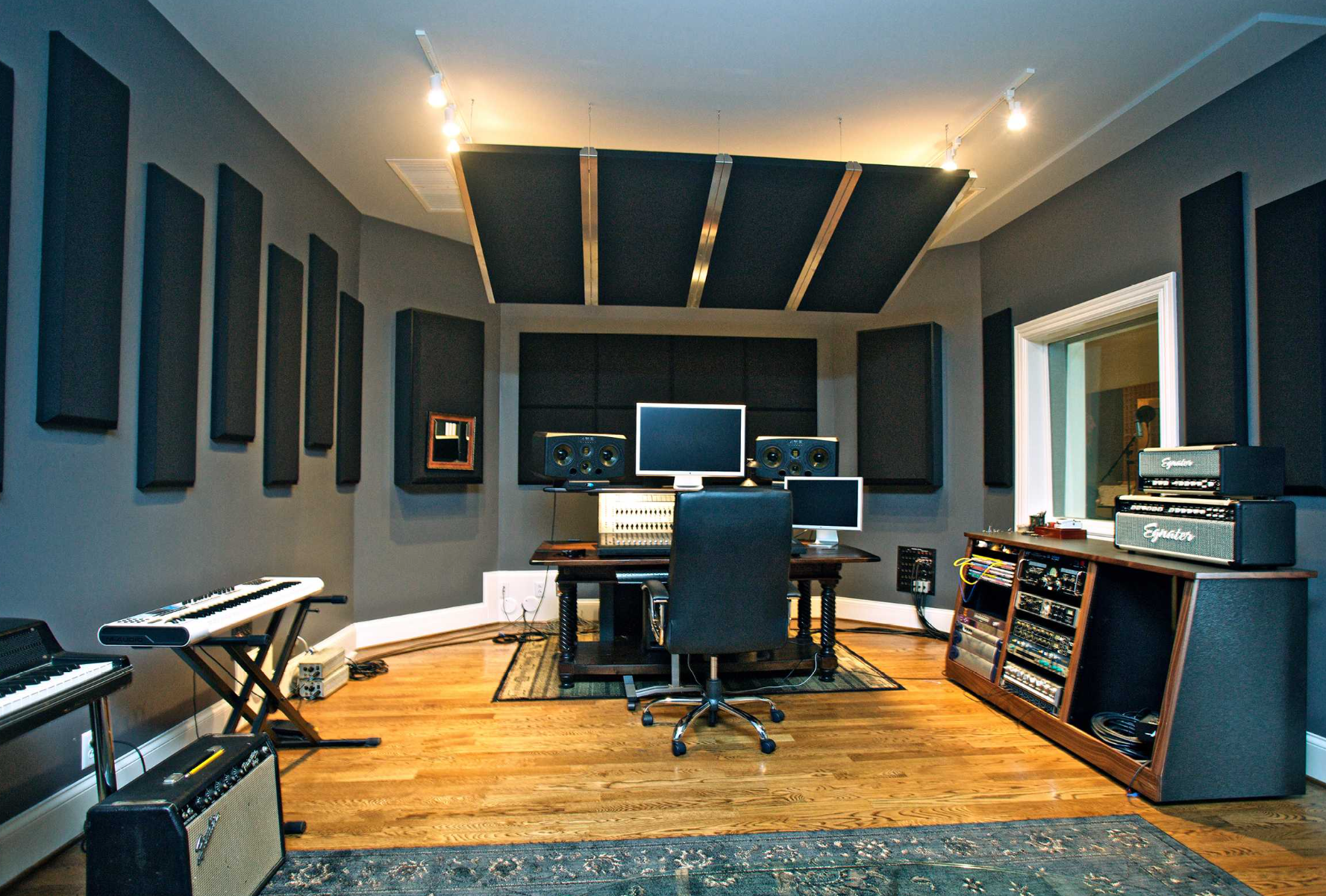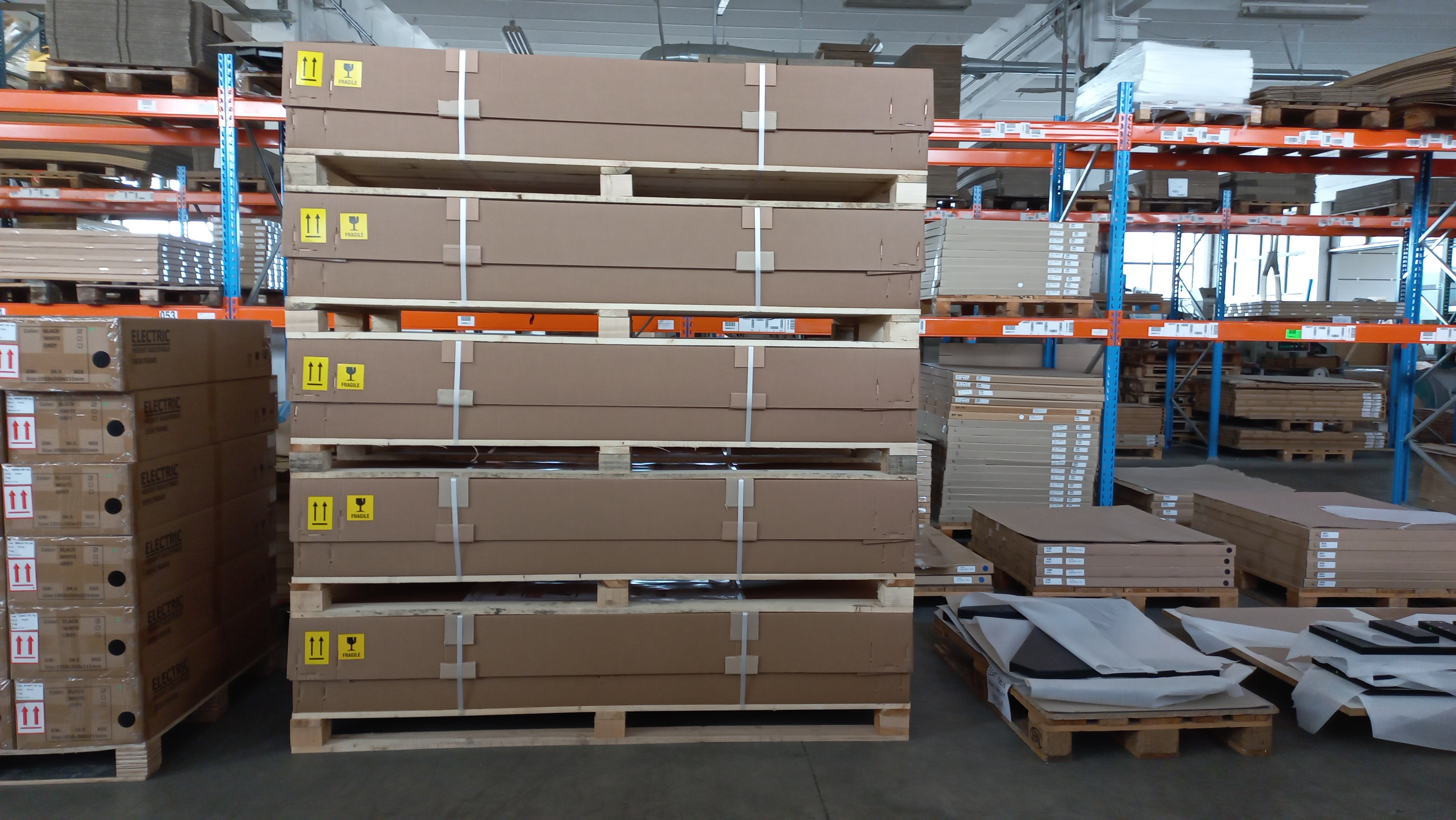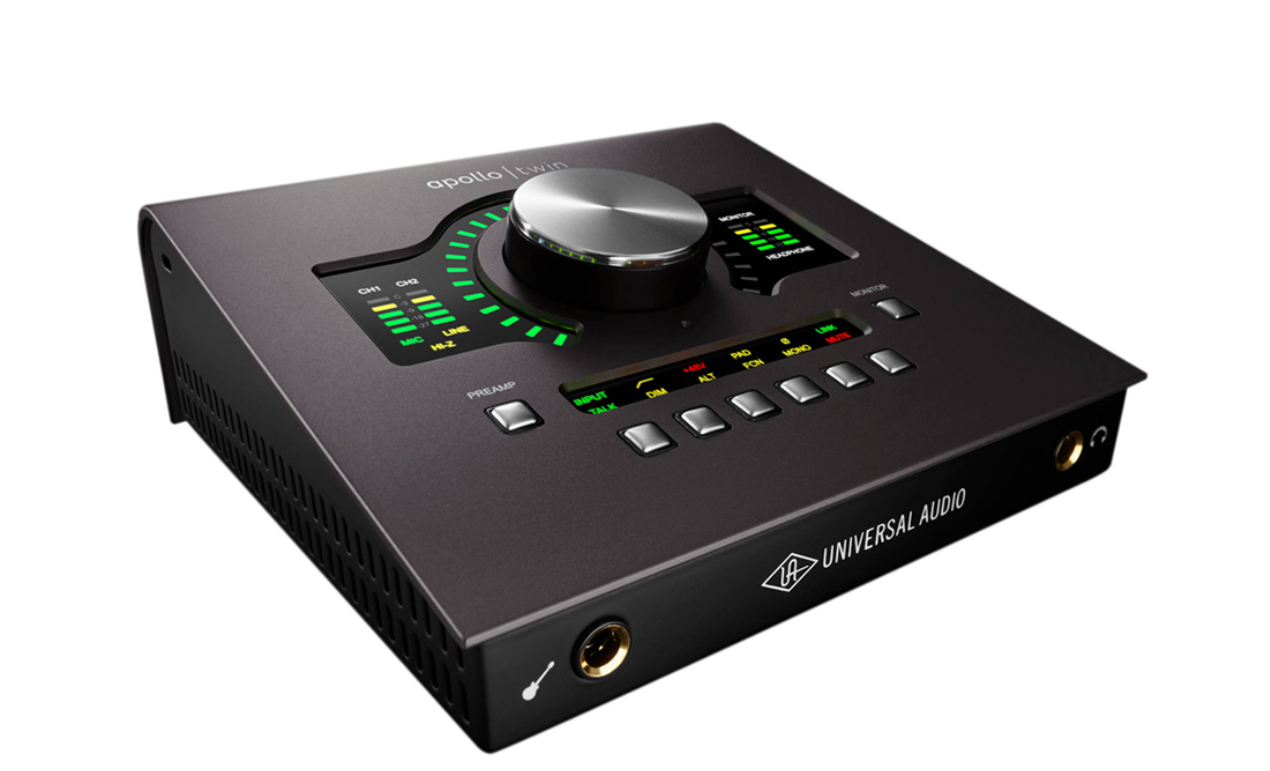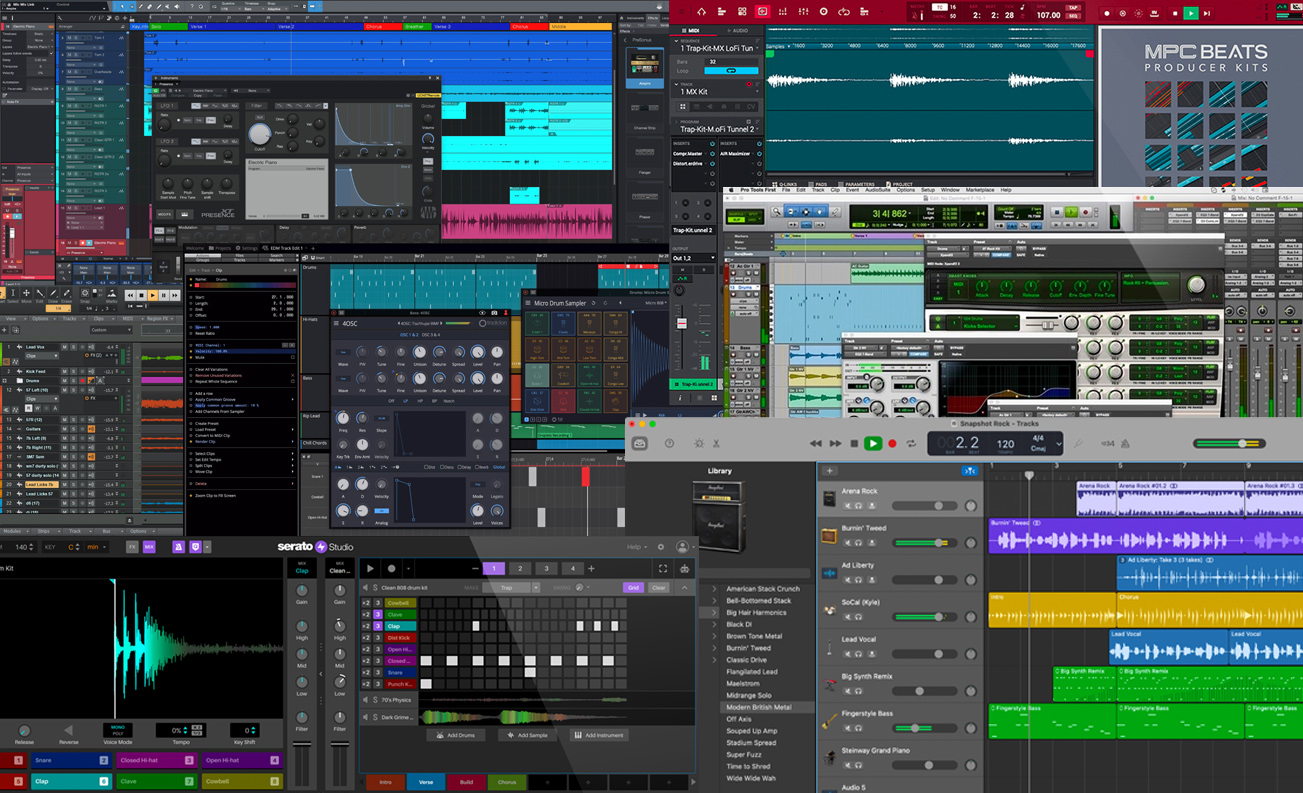Welcome to the ultimate guide on how to master DIY acoustic treatment for your home recording studio. Whether you’re a seasoned musician or a budding artist, creating a space with optimal sound quality is essential for producing professional recordings. In this guide, we will explore everything you need to know about DIY acoustic treatment, from understanding common acoustic problems to building your own acoustic panels. Let’s dive in and transform your home studio into a haven of exceptional sound.
Key Takeaways:
- DIY acoustic treatment empowers you to improve the sound quality of your home recording studio.
- Understanding common acoustic problems is crucial for effective treatment.
- Types of treatment include absorption, reflection, decoupling, and isolation.
- Optimizing your listening position and using room calibration software enhances treatment effectiveness.
- Building your own acoustic panels provides a cost-effective solution.
Understanding Common Acoustic Problems
Untreated rooms can present various common acoustic problems that can significantly impact the quality of your recordings. It’s essential to understand these problems to effectively address them and achieve optimal sound in your home recording studio.
Comb Filtering
One common acoustic problem is comb filtering, which occurs when sound waves interact with each other, resulting in notches or peaks in the frequency response. These notches can cause a loss of clarity and impact the overall balance of your recordings.
Flutter Echo
Another issue is flutter echo, which is the rapid repetition of sound reflections between parallel walls. This can create a distracting and unpleasant effect in your recordings, making it difficult to capture clean and precise audio.
Room Modes
Room modes, also known as standing waves, nodes, and anti-nodes, are another common problem, particularly in the low-frequency range. These are caused by sound waves bouncing back and forth between the walls, resulting in uneven bass response and buildup at specific frequencies.
Excessive Decay Time
Excessive decay time, also referred to as reverb or room resonance, is when sound takes too long to decay in a room. This can create a muddy and boomy sound, affecting the clarity and definition of your recordings.
By understanding these common acoustic problems, you’ll be better equipped to tackle them and create a well-treated studio environment for your home recordings.
| Acoustic Problem | Description |
|---|---|
| Comb Filtering | Notches or peaks in the frequency response caused by sound wave interactions. |
| Flutter Echo | Rapid repetition of sound reflections between parallel walls, creating a distracting effect. |
| Room Modes | Standing waves, nodes, and anti-nodes that cause uneven bass response in the room. |
| Excessive Decay Time | Sound takes too long to decay, resulting in a muddy and boomy sound. |
Types of Acoustic Treatment
When it comes to improving the sound quality in your home recording studio, there are different types of acoustic treatment that you can explore. Each type of treatment serves a specific purpose in addressing different aspects of sound control and optimization. Understanding these different types will help you choose the right solutions for your studio.
Absorption: Absorption is a common type of acoustic treatment that involves using materials to absorb sound energy. This helps reduce reflections and eliminates unwanted echoes, resulting in a cleaner and more focused sound. Acoustic panels, bass traps, and foam panels are commonly used for absorption.
Reflection: Reflection or diffusion treatment focuses on redirecting sound energy to create a pleasant room ambience. By scattering or diffusing the sound waves, this treatment helps eliminate standing waves and comb filtering, creating a more balanced and natural sound. Diffusion panels, diffusers, and acoustic clouds are commonly used for this purpose.
Decoupling and Isolation: Decoupling and isolation techniques are used to prevent vibrations from affecting the accuracy of your speakers. These treatments involve creating a physical separation between the source of sound and the surrounding structures, such as the walls and floor. By isolating the sound, you can achieve a more precise and accurate representation of your recordings. Isolation pads, soundproofing materials, and floating floors are commonly used for decoupling and isolation.
| Type of Acoustic Treatment | Common Applications |
|---|---|
| Absorption | Acoustic panels, bass traps, foam panels |
| Reflection | Diffusion panels, diffusers, acoustic clouds |
| Decoupling and Isolation | Isolation pads, soundproofing materials, floating floors |
Choosing the Right Treatment
When considering acoustic treatment for your home studio, it’s important to assess your specific needs. Take into account the size and shape of your room, the types of instruments and vocals you’ll be recording, and the specific acoustic problems you’re experiencing. For example, if you’re dealing with excessive reverb or echo, absorption panels might be a priority. On the other hand, if you’re struggling with uneven sound distribution, diffusion panels can help. By understanding the different types of treatment and relating them to your specific requirements, you can choose the most effective solution for your studio.
Remember, a combination of different treatments is often necessary to achieve optimal sound quality. Experimenting and fine-tuning your treatment plan based on the unique characteristics of your studio will help you create a well-balanced and professional recording environment.
Optimizing Your Listening Position
Before implementing acoustic treatment in your home recording studio, it is crucial to optimize your listening position. The placement of your speakers and your seating position can greatly impact the overall sound quality and accuracy of your recordings. By following a few essential steps, you can create a more balanced and immersive listening environment.
Start by ensuring that your speakers are positioned at an equal distance from each other and from the walls. Ideally, they should form an equilateral triangle with your listening position. This triangular arrangement helps achieve a more accurate stereo image and minimizes phase cancellation issues. Experiment with speaker placement and toe-in angles to find the sweet spot that delivers the best sound.
Room Calibration Software
Room calibration software can be a valuable tool in optimizing your listening position. These software programs analyze your room’s acoustics and make necessary adjustments to compensate for any frequency response anomalies, reverberation, or resonances. They can also help correct imbalances caused by room dimensions, furniture placement, and wall materials.
There are various room calibration software options available on the market, ranging from simple and user-friendly to more advanced and feature-rich. Some popular choices include Sonarworks Reference, ARC System 3, and Dirac Live. These programs typically rely on specially calibrated microphones and measurement techniques to accurately assess your room’s acoustic characteristics.
By taking the time to optimize your listening position and leveraging the power of room calibration software, you can significantly improve the accuracy and clarity of your studio monitoring. This will make the application of acoustic treatment more effective and ensure that your recordings translate well to other listening environments.
| Benefits of Optimizing Your Listening Position | Room Calibration Software Options |
|---|---|
| Improved stereo imaging | Sonarworks Reference |
| Minimized phase cancellation | ARC System 3 |
| Accurate frequency response | Dirac Live |
| Reduced room resonances |
Building Your Own Acoustic Panels
When it comes to creating a professional-quality acoustic treatment for your home studio, building your own acoustic panels is an affordable and effective solution. Not only does it save you money, but it also allows you to customize the panels to meet your specific needs. By following a few simple steps, you can achieve optimal sound absorption and improve the overall acoustics of your recording space.
Materials Needed
Before getting started, it’s important to gather all the necessary materials for building your acoustic panels. Here’s a list of what you’ll need:
| Materials | Quantity |
|---|---|
| Plywood or MDF | 4 sheets |
| Acoustic insulation | 4 panels |
| Fabric | Enough to cover the panels |
| Adhesive | 1 can |
| Staples | Enough for securing the fabric |
Once you have all the materials ready, it’s time to move on to the construction process.
Construction Process
Follow these steps to build your own acoustic panels:
- Measure and cut the plywood or MDF sheets to the desired size for your panels. A typical size is 2’x4′, but you can adjust it based on your space and needs.
- Attach the acoustic insulation to the front side of the panels using adhesive. Make sure it covers the entire surface evenly.
- Wrap the fabric tightly over the front and sides of the panels, securing it with staples on the backside. Ensure that the fabric is smooth and free of wrinkles.
- Trim any excess fabric and check for any loose spots or gaps that may affect the panel’s effectiveness. Make any necessary adjustments.
Once you’ve completed these steps, you’ll have your own custom-built acoustic panels ready to be installed in your home studio. Place them strategically on the walls to optimize sound absorption and improve the overall acoustics of your recording space.
Debunking Acoustic Treatment Myths
When it comes to acoustic treatment for your home recording studio, it’s important to separate fact from fiction. There are many myths and misconceptions that can lead to ineffective solutions or unnecessary expenses. In this section, we will debunk some of the most common acoustic treatment myths and provide you with the factual information you need to make informed decisions.
Myth: Mixing in an untreated room is better
“I don’t need acoustic treatment for my studio because it adds coloration to the sound and affects my mixing decisions.”
This is a common misconception. While it’s true that acoustic treatment can alter the sound in your studio, it’s important to understand that untreated rooms introduce their own colorations and inconsistencies. Acoustic treatment is designed to create a neutral and accurate listening environment, allowing you to make precise mixing decisions.
Myth: Expensive materials are always better
“High-end studio foam is the best solution for sound absorption.”
While high-quality materials can certainly enhance the performance of your acoustic treatment, they are not always necessary. In fact, there are affordable alternatives available that can provide similar results. The key is to understand the principles of sound absorption and choose materials that are suitable for your specific needs and budget.
Myth: More is always better
“The more acoustic panels I have, the better my room will sound.”
While it’s true that adding acoustic panels can improve the sound in your room, it’s important to strike a balance. Over-treating your room can lead to an overly dead and unnatural sound. It’s important to strategically place your panels and consider other acoustic treatment techniques, such as diffusion, to create a balanced and pleasing sound environment.
| Myth | Fact |
|---|---|
| Acoustic foam eliminates all sound problems. | Acoustic foam mainly targets high-frequency reflections and does not address low-frequency issues like bass buildup and room modes. |
| One-size-fits-all solutions work for every room. | Each room has unique acoustic characteristics, and a custom approach tailored to your specific space is essential for optimal results. |
| Acoustic treatment can completely soundproof a room. | Acoustic treatment can improve sound quality within a room, but it does not provide complete soundproofing, which requires additional measures like decoupling and sound isolation. |
By dispelling these myths and gaining a better understanding of acoustic treatment, you can make informed decisions that will truly enhance the sound quality of your home recording studio. Remember, it’s not about blindly following trends or spending a fortune; it’s about creating a balanced and accurate listening environment that allows your creativity to flourish.
Tips and Tricks for DIY Acoustic Treatment
If you’re looking to improve the sound quality of your home recording studio without breaking the bank, we’ve got you covered with some handy DIY tips and tricks. With a few simple and affordable solutions, you can enhance your acoustic treatment and create a more professional and enjoyable recording environment.
DIY Soundproofing
Soundproofing your home studio is essential for minimizing external noise and achieving a cleaner recording. An effective and affordable way to soundproof is by using weatherstripping tape to seal any gaps around doors and windows. This will help eliminate sound leaks, creating a more isolated and controlled recording space.
DIY Diffusion
Diffusion is the process of redirecting sound energy, creating a more pleasant and natural room ambience. Instead of purchasing expensive diffusers, you can make your own using PVC pipes or wooden slats arranged in a pattern. Mount these DIY diffusers on your studio walls to break up reflected sound and improve the overall sonic experience.
DIY Bass Traps
Bass frequencies can be challenging to manage in a home studio, causing unwanted resonance and muddiness. Building DIY bass traps using rigid fiberglass or rockwool insulation can effectively absorb low-frequency energy and enhance the clarity of your recordings. Place these bass traps in corners or along walls where bass buildup is most prominent for optimal results.
By implementing these cheap and easy DIY solutions, you can significantly improve the sound treatment in your home recording studio. Whether it’s soundproofing to eliminate external noise, creating diffusion for a more natural room sound, or building bass traps to control low frequencies, these tips and tricks will help you achieve affordable and effective acoustic treatment.
| DIY Soundproofing | DIY Diffusion | DIY Bass Traps |
|---|---|---|
| Use weatherstripping tape to seal gaps around doors and windows | Create your own diffusers using PVC pipes or wooden slats | Build DIY bass traps using rigid fiberglass or rockwool insulation |
| Minimize external noise and create a more isolated recording space | Redirect sound energy for a pleasant and natural room ambience | Absorb low-frequency energy and enhance recording clarity |
Designing a Custom Acoustic Treatment Plan
When it comes to achieving optimal sound in your home recording studio, a custom acoustic treatment plan is essential. By evaluating the unique characteristics of your room and addressing specific acoustic issues, you can create a tailored sound treatment approach that optimizes your studio’s acoustics.
Understanding Room Dimensions and Materials
One crucial aspect of designing a custom acoustic treatment plan is understanding the dimensions and materials of your room. Room dimensions play a significant role in the formation of standing waves and room modes, which can result in unwanted resonances. By measuring the dimensions of your studio space, you can identify problematic frequencies and implement treatment solutions like bass traps and diffusers in strategic locations.
In addition to room dimensions, the materials used in your studio space can also affect its acoustics. Hard surfaces like concrete or glass can cause excessive reflections, while soft materials like carpet or curtains can absorb sound. By considering the materials in your room, you can determine the appropriate placement and type of acoustic treatment to achieve the desired sound quality.
Selecting the Right Acoustic Treatment Solutions
Once you have evaluated the dimensions and materials of your room, it’s time to select the right acoustic treatment solutions. Different treatments serve specific purposes, such as absorption, diffusion, and decoupling. Absorption panels can help control reflections and reduce reverb, while diffusers scatter sound to create a more balanced acoustic environment. Decoupling techniques, such as using isolation pads or speaker stands, can minimize vibrations and improve the accuracy of your monitoring.
Consider the specific needs of your studio and the type of sound you want to achieve. Experimenting with different combinations of acoustic treatment solutions can help you find the perfect balance that optimizes the acoustics of your room.
| Treatment Type | Purpose |
|---|---|
| Absorption Panels | Control reflections and reduce reverb |
| Diffusers | Scatter sound and create a balanced acoustic environment |
| Bass Traps | Address low-frequency issues and room modes |
| Isolation Pads | Minimize vibrations and improve speaker accuracy |
By combining these different types of treatment, you can achieve a custom acoustic treatment plan that caters to the specific needs of your home recording studio. Remember to experiment, fine-tune, and listen carefully to the changes in sound as you optimize your room’s acoustics.
Conclusion
Congratulations on completing this comprehensive guide to DIY acoustic treatment for your home recording studio! Now, you have the knowledge and information needed to transform your space into a professional-quality recording environment. By understanding common acoustic problems and exploring different types of treatment, you can optimize your studio’s acoustics and achieve studio-quality sound.
Building your own acoustic panels is a cost-effective way to enhance the sound quality of your recordings. With just a few simple steps, you can create affordable and effective sound treatment. Additionally, by debunking common myths and using handy DIY tips and tricks, you can further improve your acoustic treatment without breaking the bank.
Remember, designing a custom acoustic treatment plan tailored to your studio’s unique characteristics is crucial. Consider factors like bass traps, acoustic panels, and diffusion to optimize your room’s acoustics. With the tips and techniques outlined in this guide, you can confidently take control of your sound and unleash your creativity in your home recording studio. Happy recording!
Source Links





